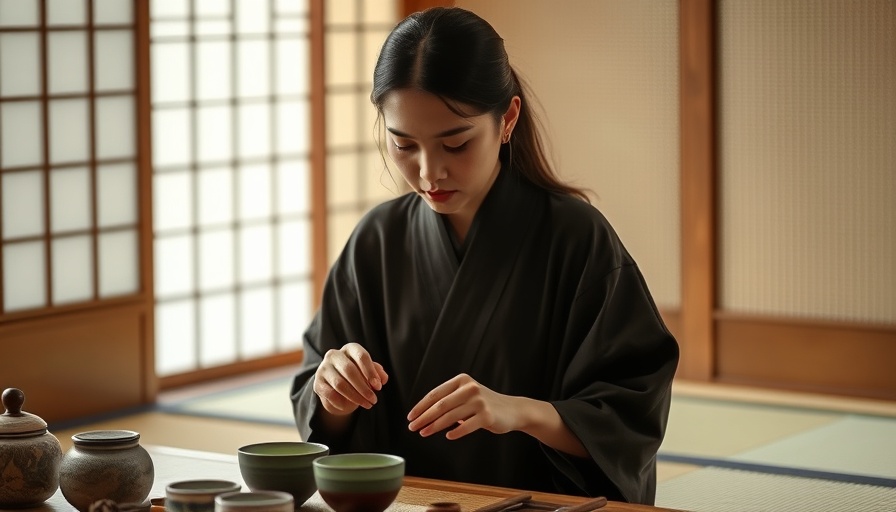
The Rising Cost of Matcha: Trends to Watch
Matcha enthusiasts in Boston should brace themselves for significantly rising prices as global demand surges. This vibrantly green powdered tea is not just a trend—it has become a staple in many health-conscious diets, boasting numerous health benefits. However, the latest market insights reveal that matcha’s journey from farm to cup is becoming increasingly expensive due to various factors beyond mere consumer preference.
What's Causing the Price Surge?
The primary culprits behind the soaring matcha prices include adverse weather conditions in Japan, one of the largest producers of matcha, leading to reduced harvests. Moreover, tariffs placed on imports from both Japan (15%) and China (37.5%) further complicate the situation, leaving local suppliers to pass on these costs to consumers.
A Balancing Act Between Quality and Affordability
Aaron Vick, a senior tea buyer, noted that he has faced price increases of up to 75% for the highest quality Japanese matcha. Even lesser grades are expected to see hikes of 30% to 50%. Though Chinese matcha tends to be cheaper, its prices are also rising due to heightened demand—a critical pivot as perceptions of quality shift.
What This Means for Consumers
The impending price rises will undoubtedly test the loyalty of matcha drinkers. Aaron expressed that consumers will need to demonstrate their commitment at the cash register, hinting that future purchases may require strategic planning for matcha aficionados. As matcha continues to appear in trendy lattes and desserts, those seeking these delights will need to factor in these rising costs into their budgets.
Alternative Perspectives
Despite the challenges, some see an opportunity in the rapid expansion of Chinese matcha production. Historically viewed as inferior, the quality of Chinese matcha has improved, and consumers are beginning to recognize its potential. According to Jason Walker, director at Firsd Tea, more people are showing interest in these offerings as supply issues affect traditional sources. This evolving perspective could reshape consumer habits in the matcha market.
Final Thoughts on the Matcha Landscape
As we stand on the precipice of a potential matcha crisis, Boston’s tea drinkers will need to navigate this landscape with informed choices. Whether that means sourcing local options, exploring Chinese varieties, or simply adjusting budgets, understanding these market dynamics will be crucial. As prices continue to rise, sharing this knowledge is essential for both businesses and consumers to adapt.
 Add Row
Add Row  Add
Add 




Write A Comment